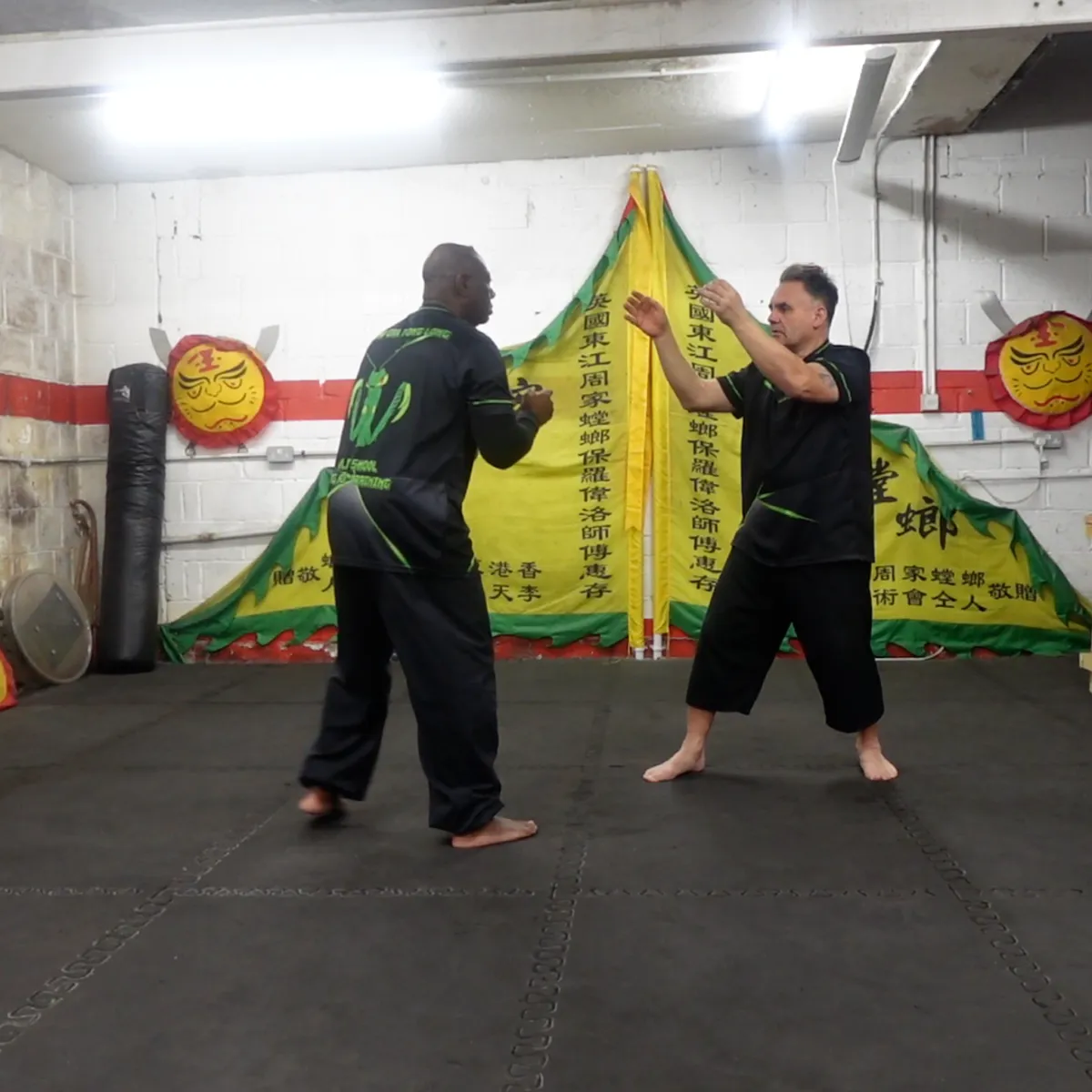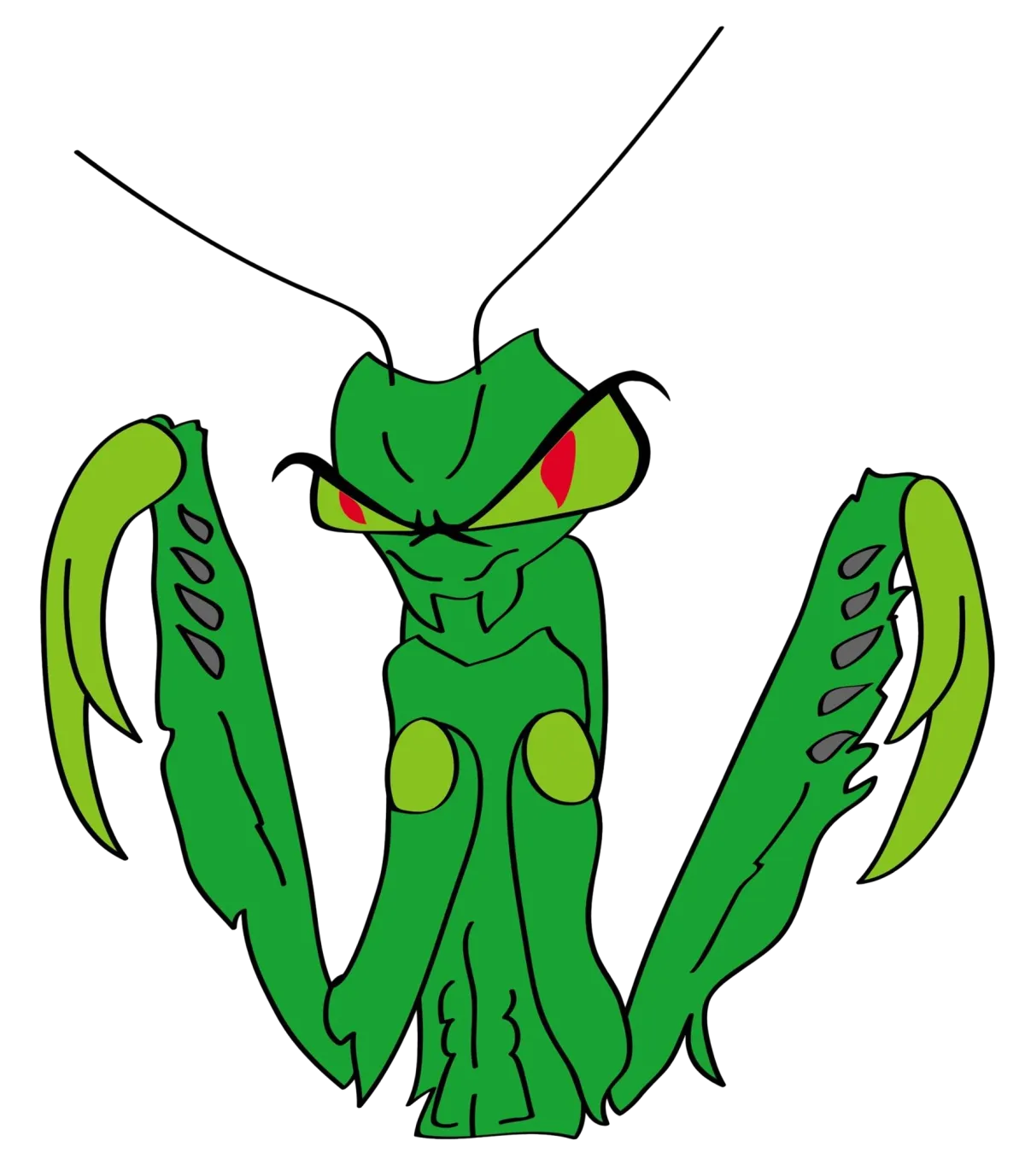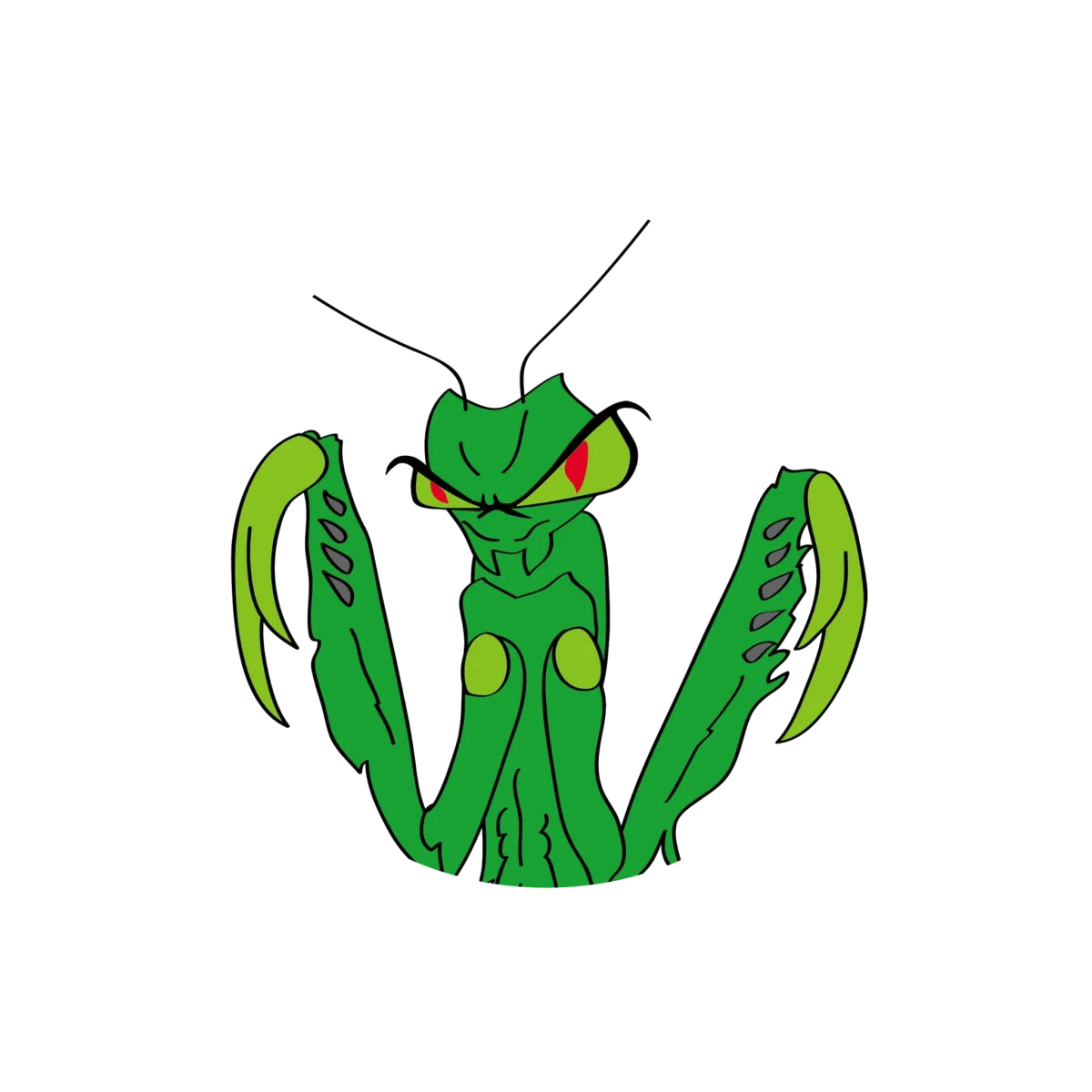BLOG
Welcome to the Mantis Fist Blog — Your Training Ground for Strength, Skill, and Spirit
Step into the Mantis Fist Blog — your trusted source for real-world kung fu wisdom, designed especially for dedicated students, passionate instructors, and martial artists on every step of their journey. Whether you're leading a class, sharpening your own skills, or just starting your path in traditional kung fu, we break down techniques, philosophies, and training principles into clear, practical insights you can use immediately.
From deep dives into Mantis Fist history and fighting strategies to expert advice on mindset, discipline, and physical conditioning — we’re here to empower your journey on and off the mat.
Real training. No gimmicks. Just true martial spirit.

The Hidden Power of Forms in Chow Gar Praying Mantis Kung Fu
The Hidden Power of Forms in Chow Gar Praying Mantis Kung Fu
Introduction: More Than Just Movement
When people think of martial arts, especially traditional systems like Chow Gar Southern Praying Mantis, they often picture impressive stances, dynamic punches, and lightning-fast combinations. But beneath the surface of every explosive movement lies a structured core: the Chow Gar forms.
To the untrained eye, forms might look like rehearsed routines or ceremonial dance-like movements. But to a true martial artist, especially within the Chow Gar lineage, forms are the hidden blueprints of combat—the codified wisdom of generations passed down through movement. They are the backbone of your training, the vault of secrets, and the means to transform techniques into instinct.
In this post, we’ll unpack the hidden depth of Chow Gar forms and why they are far more than just memorisation drills—they are the essence of your fighting spirit.
The True Purpose of Chow Gar Forms
Chow Gar forms, or “kuen,” serve a higher purpose than simply teaching patterns. They are designed to stimulate real self-defence responses by programming your body and mind to act as one under pressure. Each form is filled with tactical movements—strikes, grabs, locks, throws—all designed to become second nature through repetition.
Think of forms like an internal software update. You load new patterns into your nervous system through repetition until they become instinctual. The goal? To bypass thought and move directly into action when confronted with real danger.
From Surface to Substance
If we treat Chow Gar forms as mere rituals—memorising patterns without understanding—we miss their true value. As the original text put it:
“If this were not the case... your techniques will be brushed away like loose hair on your body.”
In real-life combat, techniques that only live on the surface fail. Only when forms are broken down, drilled in sections, and deeply internalised do they become effective. A form must evolve into reflex.
The Process of Internalising the Forms
Step 1: Learn the Form and Its Drills
First, we learn the choreography of the form. This includes proper stances, transitions, breathing patterns, and timing. But don’t stop there.
Step 2: Apply the Principles Through Drills
Drills give life to the form. By applying principles like body alignment, tension and relaxation, and explosive power, you begin to “feel” the form rather than simply perform it.
Step 3: Practice Applications
Each movement in a Chow Gar form represents a real-world application. Whether it’s a palm strike to the jaw, a pressure point grab, or a takedown, you should be able to identify at least three practical uses for every technique. This is where solo training begins to transform into combative skill.
Why Chow Gar Forms Are More Relevant Than Ever
Modern martial arts often focus on flash and speed—great for demos, not always useful in combat. Chow Gar’s slower, deliberate pace allows the body to align properly, creating bone-deep mechanics and internal power. Over time, this slower practice reveals the "hidden power" within each movement.
Understanding “Sun Fhat” and Body Law
In Chow Gar, body positioning (sun fhat) is critical. Every form trains the practitioner to project an “aura”—a physical presence that makes the opponent hesitate, feel subdued, or unsure of when to strike. Unlike square, open stances used in showy demos, Chow Gar encourages a coiled, tight posture that readies the body for explosive movement and efficient energy use.Dim Mak and Internal Focus
Many Chow Gar forms involve pressure point applications—dim mak—which require precision, not brute strength. Over time, forms teach you how to control your power, time your strikes, and attack vulnerabilities with surgical precision. Without the correct form training, this knowledge cannot be passed down or preserved.
Chow Gar Forms as a Vault of Combat Knowledge
Each form in Chow Gar contains layers of understanding—some overt, some hidden. If a student knows ten forms but only trains them visually, they may only grasp half of what is truly there. Subject matters embedded in the forms include:
Awareness and focus
Mobility and footwork
Speed, power, and energy control
Offence, defence, and subduing techniques
Breath and body mechanics
Dim mak pressure point mapping
These are not separate lessons. They’re embedded in the form. Chow Gar treats forms as dynamic libraries—each motion contains a spectrum of fighting possibilities, from grabbing to throwing, striking to locking.
Debunking the Myth: “Forms Aren’t Practical”
Some believe forms are outdated, too rigid for real combat. But that assumes forms are static. In Chow Gar, forms are adaptive. They evolve with the practitioner.
Take “San Sau” or “part hands,” for example. This method breaks a form into bite-sized application drills. Each drill allows you to explore multiple interpretations, combining them during sparring into fluid, unpredictable responses.
Real Combat is Not Choreographed
Unlike a form, combat is unpredictable. But if you’ve trained your forms deeply, your responses won’t be. Through san sau, you prepare for the chaos with structured adaptability. You stop thinking and start reacting with power, precision, and purpose.
Keys to Unlocking the Forms
To unlock the true potential of Chow Gar forms, you need more than a visual understanding. You need:
Correct feeling – Forms should flow with energy, not stiffness.
Functional alignment – Each position must allow for attack, defence, or redirection.
Proper mindset – You must treat forms as living tools, not static dances.
Without this, even deadly techniques may become diluted or misused. As the text warned:
“Occasionally unless we have the appropriate know-how to unlock the mysteries of the forms then we may do injustice to certain deadly moves.”
Practical Advice for Students
If you’re a student of Chow Gar Praying Mantis Kung Fu or any traditional art, here are three steps to get more from your forms:
Slow down. Use slow practice to develop muscle memory, power, and precision.
Ask why. For every movement, ask “What is this for?” and test it with a partner.
Layer learning. Once you learn a form, revisit it often. As your skill deepens, the form will reveal new secrets.
Internal Links to Keep Learning
To dive deeper into practical training methods, check out:
Final Thoughts: The Hidden Power Is Within You
The forms of Chow Gar Praying Mantis are not empty rituals—they are living blueprints of combat, passed from master to student through the centuries. But they only come alive when you bring them to life through practice, understanding, and application.
Whether you’re just beginning your journey or have practiced for years, remember: the power of the forms lies not in the movements themselves, but in how you internalise them.
Train deeply. Question everything. And let the forms transform you.
Contact us at 07913377775 or email [email protected] to learn how to unlock the full power of your Chow Gar forms.

Steve Tansley
Sifu Steve Tansley is the founder of Mantis Fist Kungfu, where he teaches authentic Chow Gar Southern Praying Mantis Kung Fu to adults seeking real transformation—physically, mentally, and spiritually. With decades of training and a no-BS approach to martial arts, he blends tradition with modern coaching to help students build power, confidence, and clarity. When he’s not teaching at the Crawley dojo or filming online courses, you’ll find him sharpening his skills or guiding members inside the Mantis Fist online community.

